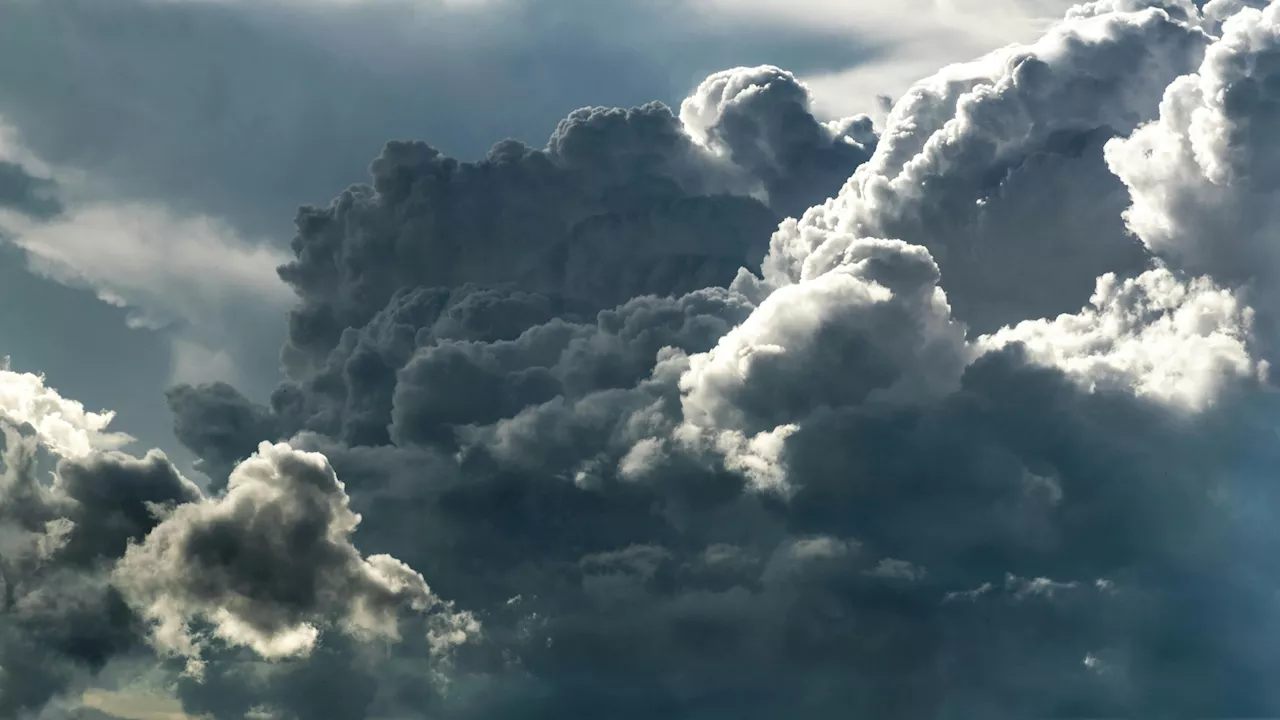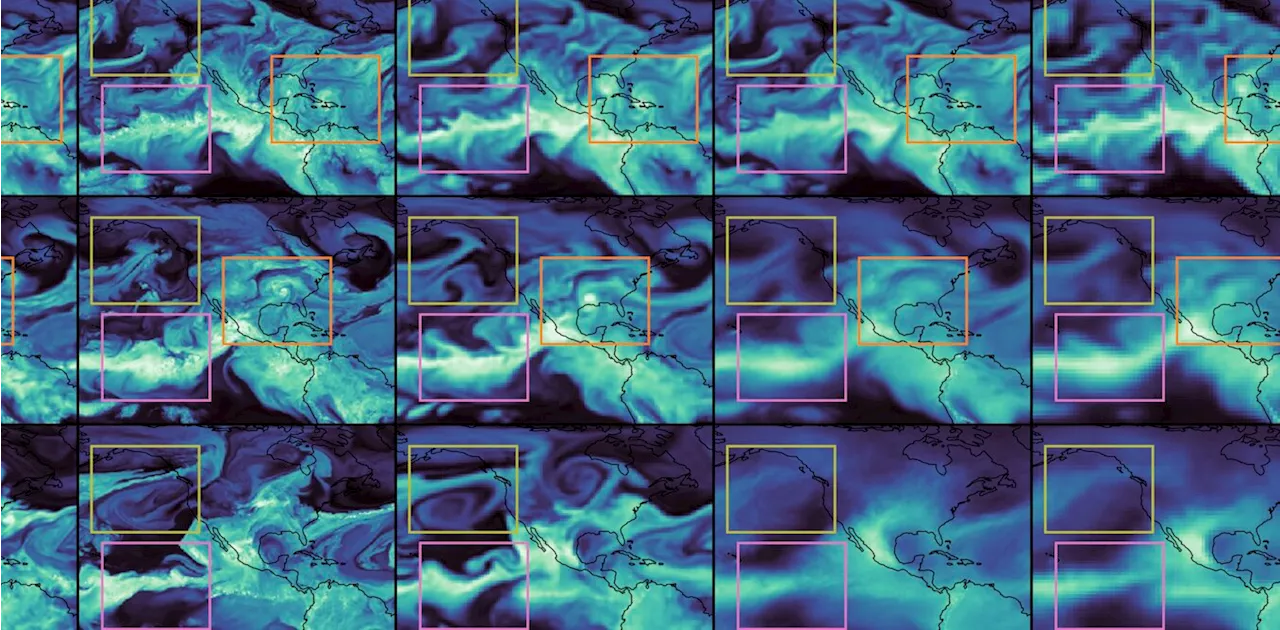Science, Space and Technology News 2024
Initially skeptical about methane emissions from dryland ecosystems, a research team discovered that these areas release unexpectedly high levels of methane, particularly in winter. Their findings challenge current climate models and suggest a significant acceleration in global warming due to permafrost thaw.
The study’s research team samples soil cores at a site near Fairbanks, Alaska, in winter. Credit: Photo by Katey Walter Anthonythis July, reported that upland landscapes were releasing some of the highest methane emissions yet documented among northern terrestrial ecosystems. Even more, the methane consisted of carbon thousands of years older than what researchers had previously seen from upland environments.
She and colleagues identified 25 additional sites across Alaska’s dry upland forests, grasslands, and tundra and measured methane flux at over 1,200 locations year-round across three years. The sites encompassed areas with high silt and ice content in their soils and signs of permafrost thaw known as thermokarst mounds, where thawing ground ice causes some parts of the land to sink. This leaves behind an “egg carton” like pattern of conical hills and sunken trenches.
The research team emphasized that methane emissions are especially high for sites with Pleistocene-era Yedoma deposits. These soils contain large stocks of carbon that extend tens of meters below the ground surface. Walter Anthony suspects that their high silt content prevents oxygen from reaching deeply thawed soils in taliks, which in turn favors microbes that produce methane.
United States Latest News, United States Headlines
Similar News:You can also read news stories similar to this one that we have collected from other news sources.
 Can One Chatbot Catch Another’s Lies?A new approach uses language models to interrogate other language models and sniff out lies
Can One Chatbot Catch Another’s Lies?A new approach uses language models to interrogate other language models and sniff out lies
Read more »
 Scientists discover missing piece in climate modelsAs the planet continues to warm due to human-driven climate change, accurate computer climate models will be key in helping illuminate exactly how the climate will continue to be altered in the years ahead.
Scientists discover missing piece in climate modelsAs the planet continues to warm due to human-driven climate change, accurate computer climate models will be key in helping illuminate exactly how the climate will continue to be altered in the years ahead.
Read more »
 New Study Uncovers Key Error in Climate Models: Earth’s Albedo OverestimatedScience, Space and Technology News 2024
New Study Uncovers Key Error in Climate Models: Earth’s Albedo OverestimatedScience, Space and Technology News 2024
Read more »
 Raindrops grow with turbulence in clouds: New findings could improve weather and climate modelsScientists for decades have attempted to learn more about the complex and mysterious chain of events by which tiny droplets in clouds grow large enough to begin falling toward the ground.
Raindrops grow with turbulence in clouds: New findings could improve weather and climate modelsScientists for decades have attempted to learn more about the complex and mysterious chain of events by which tiny droplets in clouds grow large enough to begin falling toward the ground.
Read more »
 AI-powered weather and climate models are set to change the future of forecasting, researchers sayA new system for forecasting weather and predicting future climate uses artificial intelligence (AI) to achieve results comparable with the best existing models while using much less computer power, according to its creators.
AI-powered weather and climate models are set to change the future of forecasting, researchers sayA new system for forecasting weather and predicting future climate uses artificial intelligence (AI) to achieve results comparable with the best existing models while using much less computer power, according to its creators.
Read more »
 Historic fires trapped in Antarctic ice yield key information for climate modelsResearchers from the University of Cambridge and the British Antarctic Survey tracked fire activity over the past 150 years by measuring carbon monoxide trapped in Antarctic ice. This gas is released, along with smoke and particulates, by wildfires, cooking and communal fires.
Historic fires trapped in Antarctic ice yield key information for climate modelsResearchers from the University of Cambridge and the British Antarctic Survey tracked fire activity over the past 150 years by measuring carbon monoxide trapped in Antarctic ice. This gas is released, along with smoke and particulates, by wildfires, cooking and communal fires.
Read more »
